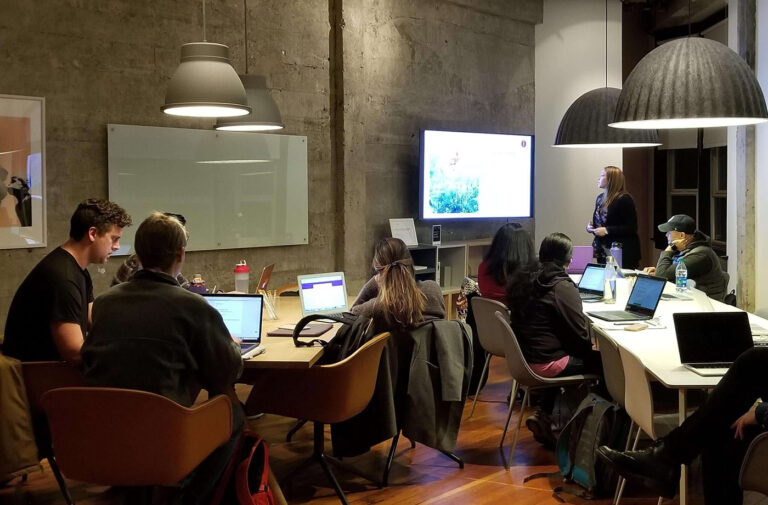Starting a blog on WordPress is one of the best ways to share your ideas, grow an audience, or even make money online. WordPress powers over 40% of all websites, thanks to its flexibility, ease of use, and powerful features.
Whether you’re a beginner or looking to refine your skills, this step-by-step guide will walk you through setting up a professional WordPress blog from scratch.
Step 1: Choose a Domain Name and Hosting
Pick a Memorable Domain Name
Your domain name (e.g., yourblog.com) is your blog’s address. Keep it:
✔ Short & Easy to Spell – Avoid complex words or hyphens.
✔ Brandable – Make it unique (e.g., TravelWithJane.com instead of BestTravelTips.com).
✔ Available – Use tools like Namecheap or GoDaddy to check availability.
Select Reliable Web Hosting
Your hosting stores your blog’s files. Recommended options:
- Bluehost (Official WordPress recommendation, free domain for 1st year)
- SiteGround (Fast & secure)
- Hostinger (Budget-friendly)
👉 Pro Tip: Avoid free hosting (like WordPress.com’s free plan) if you want full control and monetization options.
Step 2: Install WordPress
Most hosting providers offer 1-click WordPress installation:
- Log in to your hosting account (e.g., Bluehost cPanel).
- Find the “WordPress Installer” (usually under “Website” or “Auto Installers”).
- Follow prompts to install WordPress on your domain.
- Set up your admin username & password (keep these secure!).
Once installed, you can access your WordPress dashboard at:
yourblog.com/wp-admin
Step 3: Pick a Theme (Design Your Blog)
Your theme controls your blog’s appearance. To install one:
- Go to Appearance > Themes > Add New.
- Browse free themes (like Astra, GeneratePress, or Kadence) or upload a premium one.
- Click Install > Activate.
Customize Your Theme:
- Go to Appearance > Customize to adjust colors, fonts, and layouts.
- Ensure your blog is mobile-friendly (most modern themes are).
Step 4: Install Essential Plugins
Plugins add functionality to your blog. Must-haves:
✔ Yoast SEO – Optimize posts for search engines.
✔ Akismet Anti-Spam – Blocks comment spam.
✔ WP Super Cache – Speeds up your site.
✔ Elementor – Drag-and-drop page builder (for easy design).
How to Install Plugins:
- Go to Plugins > Add New.
- Search for a plugin, click Install Now, then Activate.
Step 5: Create Key Pages
Every blog needs these pages:
📌 Homepage – Your main landing page (set in Settings > Reading).
📌 About Page – Introduce yourself and your blog’s purpose.
📌 Contact Page – Let readers reach you (use WPForms for a contact form).
📌 Blog Page – Where your posts appear (auto-created by WordPress).
To create a page:
- Go to Pages > Add New.
- Add content, then Publish.
Step 6: Write & Publish Your First Blog Post
Now for the fun part—writing!
- Go to Posts > Add New.
- Add a catchy title and start writing.
- Use headings (H2, H3) for readability.
- Add images (optimize with Smush Plugin for speed).
- Set a featured image (your post’s thumbnail).
- Assign categories & tags for organization.
- Click Publish when ready!
👉 Pro Tip: Use Yoast SEO to optimize your post for keywords before publishing.
Step 7: Set Up Blog Security & Backups
Protect your blog from hackers and crashes:
🔒 Security:
- Install Wordfence Security (firewall & malware scanner).
- Use strong passwords & enable two-factor authentication.
💾 Backups:
- Use UpdraftPlus (auto-backup to Google Drive/Dropbox).
Step 8: Promote Your Blog
Your blog won’t grow without traffic. Try:
📢 Social Media – Share posts on Facebook, Twitter, Pinterest.
🔍 SEO – Optimize posts for Google (use Yoast SEO).
✉ Email Marketing – Collect emails with Mailchimp or ConvertKit.
🤝 Guest Posting – Write for other blogs to get backlinks.
Final Thoughts
Congratulations! You’ve just created a fully functional WordPress blog.
Next Steps:
✅ Publish consistently (at least 1-2 posts per week).
✅ Engage with readers (reply to comments).
✅ Monetize with ads, affiliate links, or digital products.
Now, go ahead—hit Publish and start your blogging journey! 🚀
Need help? Drop a question below! 👇







